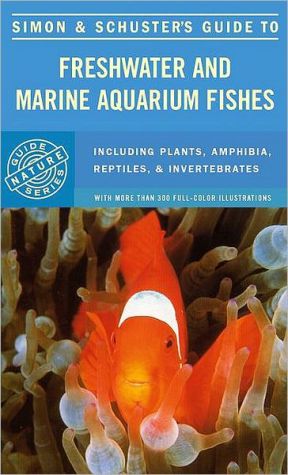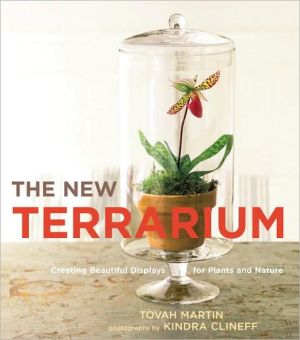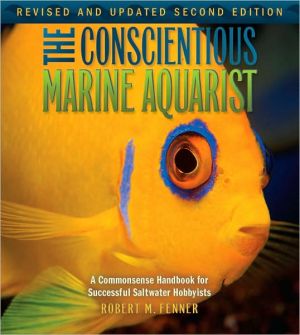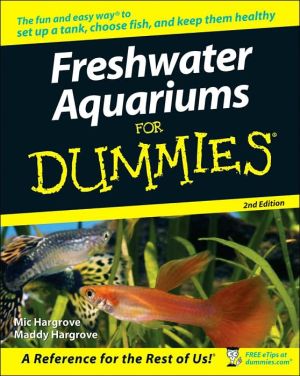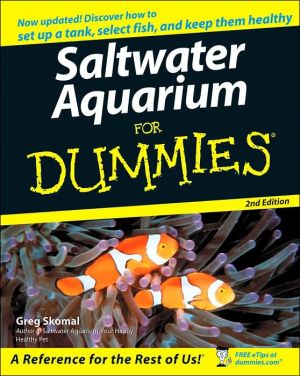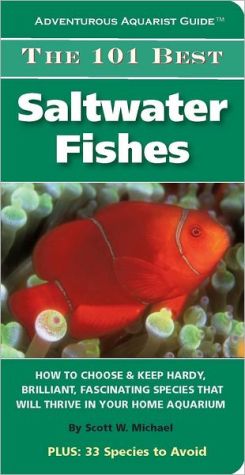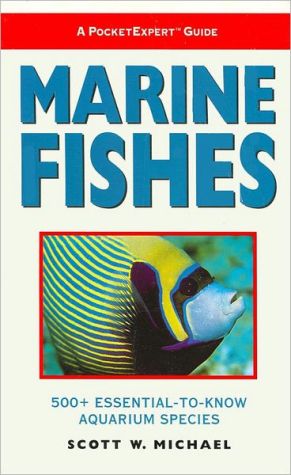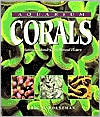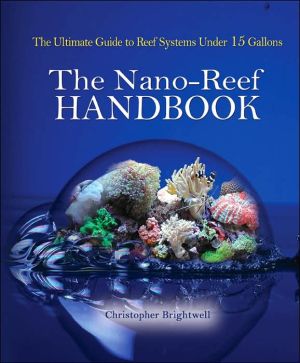Simon and Schuster's Guide to Freshwater and Marine Aquarium Fishes
A guide for beginners and experts alike, Simon & Schuster's Guide to Freshwater and Marine Aquarium Fishes is the most useful book an aquarium enthusiast can own. Whether you are interested in goldfish, guppies, or the most exotic marine species, the opening section on starting an aquarium covers everything you need to know. Illustrated in color throughout, the 295 entries cover plants, amphibia, reptiles, and invertebrates as well as aquarium fishes. Each entry provides the common name,...
Search in google:
A guide for beginners and experts alike, Simon & Schuster's Guide to Freshwater and Marine Aquarium Fishes is the most useful book an aquarium enthusiast can own. Whether you are interested in goldfish, guppies, or the most exotic marine species, the opening section on starting an aquarium covers everything you need to know. Illustrated in color throughout, the 295 entries cover plants, amphibia, reptiles, and invertebrates as well as aquarium fishes. Each entry provides the common name, scientific name, and family; distribution of the species in the wild; a description of shape, color, and size; information about sexual differences, feeding habits, reproduction, compatibility with other species, and much more. Next to each entry are easy-to-read symbols that indicate the proper water temperature, pH, and illumination.This comprehensive guide gives you all the information you need to maintain a beautiful, balanced, and thriving aquarium.
Chapter 1\ 1 DWARF SEDGE\ Acorus gramineus\ Var. pusillus and var. variegatus\ Family Araceae.\ Distribution Japan; the variety variegatus is of horticultural origin.\ Description Acorus gramineus is a shrubby plant, 10-12 in (25-30 cm) in height, with long, narrow, ribbonlike leaves, slightly curved when at maximum length. It is an amphibious marsh plant which, however, can adapt to underwater life in an aquarium. Var. pusillus, with short, rigid leaves 1 1/2-4 in (4-10 cm) high, and var. variegatus, with leaves reaching 16-20 in (40-50 cm) and bearing yellow streaks, are more common than the original form.\ Propagation Through division of the tufts or the rhizome (the fleshy underwater stem) by cutting their tips and planting the base of the stem immediately in shallow water, whose depth is then gradually increased.\ Environment Temperature: 59-68°F (15-20°C), best at 65°F (18°C). pH: neutral. Water hardness: soft. Illumination: moderate to normal. Soil: No particular requirements; clay or clay with peat.\ Note The dwarf variety of Acorus is commonly used in small aquaria.\ 2 ALTERNANTHERA SESSILIS\ Alternanthera sessilis\ Family Amaranthaceae.\ Distribution Humid or sporadically flooded areas of the Old World.\ Description Perennial plant, always partly immersed in its natural habitat, but well suited to life underwater in the aquarium. Its stalks are very branched and characteristically red, The leaves are stalkless, lanceolate, up to 2 3/8-2 3/4 in (6-7 cm) long and 3/8 in (1 cm) wide. The upper surface is variously colored from dark green to wine red, and the lower side is always bright red.\ Propagation Very simple, by cutting.\ Environment Temperature: 60-72°F (16-22°C), possibly somewhat less. pH: near neutrality. Water hardness: medium. Illumination: Normal to intense, even if artificial. Soil: sand and rock, possibly with the addition of fertilizer.\ 3 ANUBIAS LANCEOLATA\ Anubias lanceolata\ Family Araceae. The genus Anubias contains six species.\ Distribution Tropical Africa.\ Description Perennial plant with a fleshy underwater stem over 15 3/4 in (40 cm) high in its natural habitat, seldom higher than 11 3/4 in (30 cm) in an aquarium. The leaves are lanceolate, rather blunt at the tip, 4-4 3/4 in (10-12 cm) long and 1 3/16-2 in (3-5 cm) wide, dark green, with long stalks and leathery blades, concave on the upper side.\ Propagation Very slow, by division of tufts.\ Environment Temperature: this species requires high temperatures, between 68°F (20°C) and 86°F (30°C), best at 77°F (25°C). pH: neutral or, if possible, slightly acid. Water hardness: average to soft. Illumination: low-level. This species grows naturally in rain forests, where light levels are low. Soil: no particular requirements, but preferably sandy.\ Note Anubias lanceolata is an excellent plant to use in warm aquaria. Its only drawback lies in its slow rate of growth.\ 4 LACELEAF PLANT\ Aponogeton fenestralis\ Family Aponogetonaceae. The name of the genus is derived from two Greek words — apon (water) and geiton (close to).\ Distribution Madagascar.\ Description Oblong leaves, 5 7/8-7 7/8 in (15-20 cm) long, characteristically lacking spongy tissue and therefore consisting only of a network of veins.\ Propagation By division of offshoots; less commonly by seed.\ Environment Temperature: 60-68°F (16-20°C) with possible extremes of 57°F (14°C) and 76°F (24°C); undisturbed, frequently renewed water, pH: 6-8, or neutral. Water hardness: soft to medium. Illumination: normal, preferably diffuse and artificial. Soil: mainly large-grained sand, and a little mud.\ Note Cultivation of this plant is difficult; during the period of winter dormancy, the water temperature must be maintained around 55°F (13°C).\ Copyright © 1976 by Arnoldo Mondadori Editore, Milano
CONTENTSIntroductionPlantsFreshwater FishesMarine FishesAmphibians and ReptilesFreshwater InvertebratesMarine InvertebratesGlossaryIndex
